Tags
Aguasqua Calienties, Barranco, Chinchero, Coltur Peru, Hiram Bingham train, Huaca Pucllana, Huayna Picchu, Inca, Incas, Lake Titicaca, Lima, Machu Picchu, Machu Picchu Citadel, Mario Testine Museum (MATE), Moray, Ollantaytambo, Peru, Pisac, Sacred Valley, Sacsayhuaman. Cusco, Salt Pans of Maras, San Pedro Market, The Cathedral of Lima, The Golden Temple
By Ellen Miller:
When fellow world traveler Fruzsina Harsanyi (and sometimes travel companion to Richard and me along with her husband Ray) asked if I was interested in a trip to Machu Picchu, I immediately told her ,“Yes.” While not at the top of my travel list, it had long lingered as a possible destination. Richard was never very enthusiastic about it, and, in fact, on an earlier trip to Peru we had chosen to spend four days on the Amazon over Machu Picchu. But here was a chance, with a great friend, to explore this mysterious place about which I knew very little.
The date was set for early October, 2018, and the travel to Lima was easy (with only an hour time change). We worked with our travel agent and a relatively new agency in Peru – Coltur Peru – to produce what turned out to be a perfectly sequenced trip that included a careful calculation on adjusting to altitudes of up to 12,500 feet. With altitude pills to help moderate the changes, we were off.
Lima, where we began our trip, contained many surprises, including its Huaca Pucllana, a towering pyramid, now in the middle of one of Lima’s trendiest neighborhoods, built by pre-Inca societies; the Cathedral of Lima; the San Francisco monastery with its catacombs full of thousand of skeletons; and Convent and its various museums. We also squeezed in two museums the first day and a walk through the charming Bohemian district of Barranco on the ocean. (I was particularly wowed by the Mario Testino Museum (MATE) and a beautifully decorated private home recently opened to the public, where, by chance, we were introduced to the resident.)
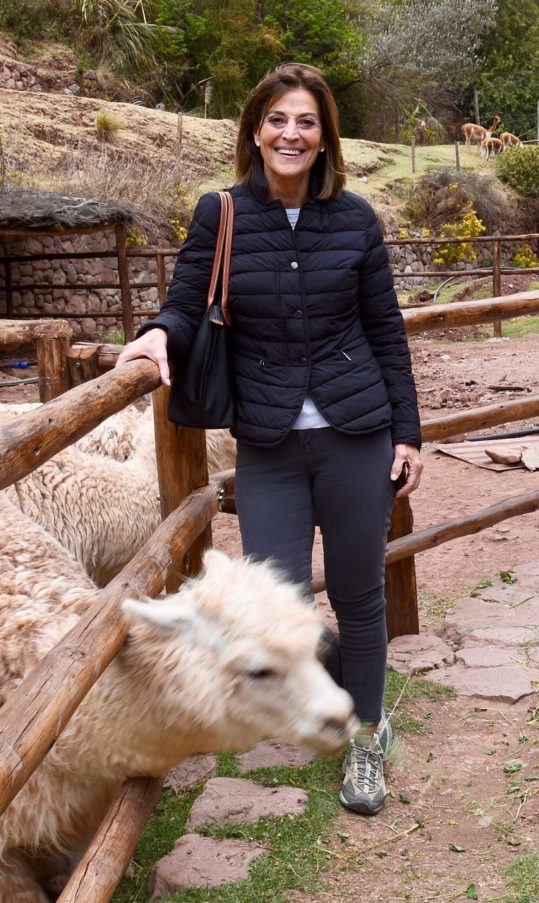
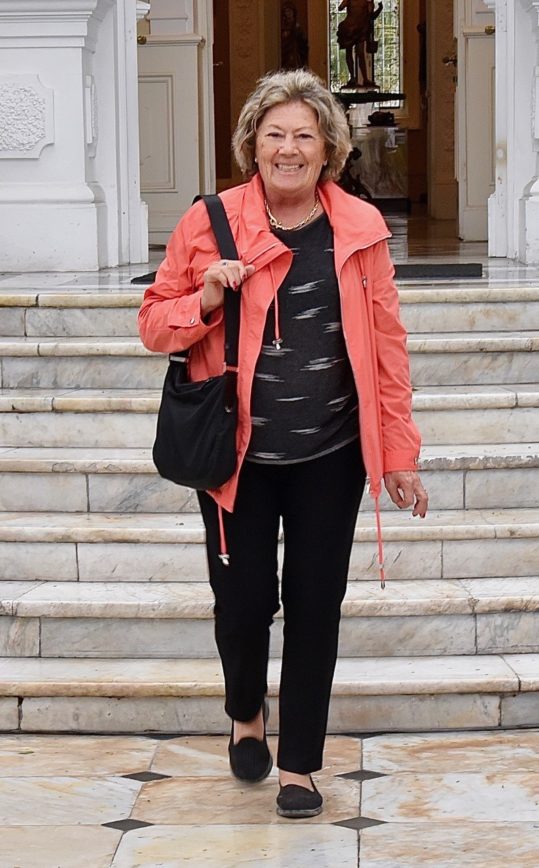
But the ‘real deal’ began for us in the Sacred Valley. After making the acquaintance of different types of llamas and learning about weaving and wool dying techniques, we headed to the town of Pisac and its archaeological park. There we got our first glimpse of Inca terraces, exquisitely poised on a steep hill side in the afternoon sun. We were unprepared for the absolutely glory of the perfect setting of our initial site. Our surprise and delight was amplified by every additional individual site we saw in the Sacred Valley from that point on, from Chinchero, Moray, the salt pans of Maras, to Ollantaytambo. Each of these sites is absolutely stunning and fascinating, and the beauty of them will remain with us for a very long time.
After several days in the Sacred Valley, we arrived at the Machu Picchu Citadel (via a 30 minute frightening bus ride up a mountain from the town of Agua Calienties where we were staying). While we did not do the most strenuous hikes, we found that our “climb” that offered us our first glimpse of the iconic Machu Picchu scene was breathtaking (double entendre intended). Our first surprise was that the mountain made famous by every picture is really called Huayna Picchu, while Machu Picchu is a larger mountain after which the entire region is named. Our second surprise was that the Incas, at their most powerful in the 14th and 15th centuries, had no written language, nor had they invented the wheel. And yet their accomplishments in architecture, engineering, astrology, and physics were astounding. We stayed that day until sunset (which was spectacular) and returned for a full morning on the next day when it was misty with clouds temporarily covering much of the view, creating a very different sort of atmosphere. This day we explored the ruins in detail. Thanks to our guide, who was a marvel of facts, stories, and mythical tales, we were stunned by the sum of what had been accomplished at Machu Picchu and throughout their empire.
We left from Machu Picchu on the Hiram Bingham train, named after the famed explorer and modeled after luxurious train travels of yesteryear. We spent a full day in Cusco, once the capital of the empire whose reach and power we could still feel as we explored the enormous stone structures of Sacsayhuaman. Cusco itself is a jewel, (a very lively colonial town which we thoroughly enjoyed), visiting the San Pedro Market, The Golden Temple, the Cathedral, and the historic sites.
We flew to to our last major stop, Lake Titicaca – the highest navigable body of water in the world – that spans both Peru and Bolivia. There our pace slowed down (as did our oxygen saturation rates!), and we moved more to the cultural side of rural Peru; groups of families living on floating islands; families as subsistence farmers; and rich lands being prepared for post-rainy season planting. The vistas were spectacular, and I often remarked that the skies simply couldn’t be real. We found the people we met, whether walking along the side of the road, or those who invited us into their homes on a prearranged tours, open, curious, and friendly. We also went to the little visited site of Sillustani near Puno –– a breathtakingly beautiful necropolis.
Our biggest takeaway will be no surprise. While people generally talk about going to Machu Picchu, we were so taken by the beauty of the Sacred Valley, and other sites we visited around the country, that we learned that a trip to Peru is so much more than one famous single site. We’d urge any fellow travelers to take their time in Peru and see the full range of its wonders.
Below are a dozen of my photos from the trip. To see the full slide show follow the link below. (And thanks to FH for her additions to the above, and for being a most enthusiastic and companionable traveler.)
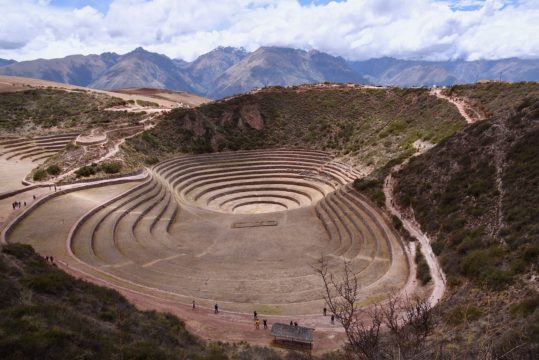
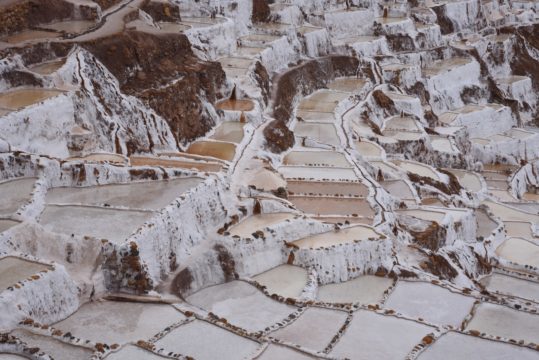
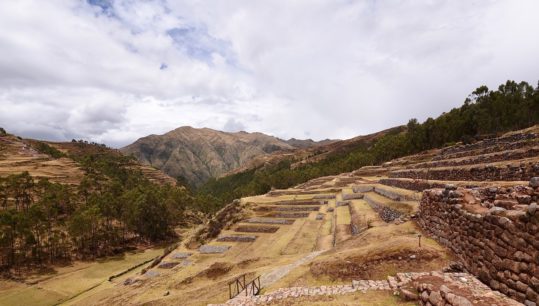
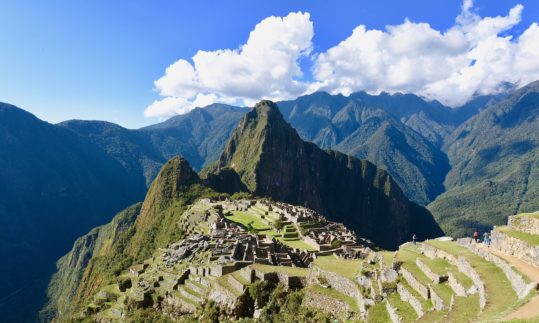
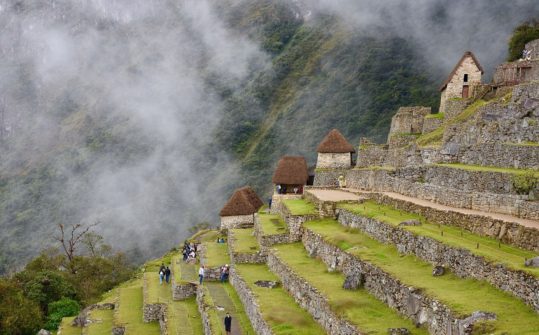
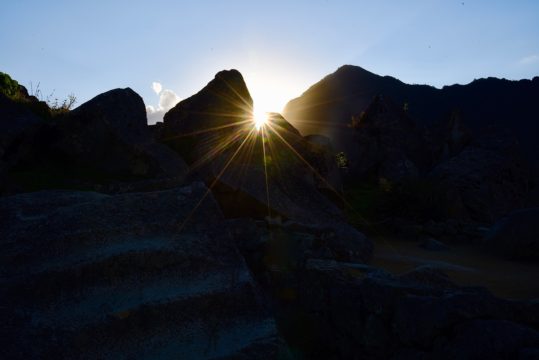
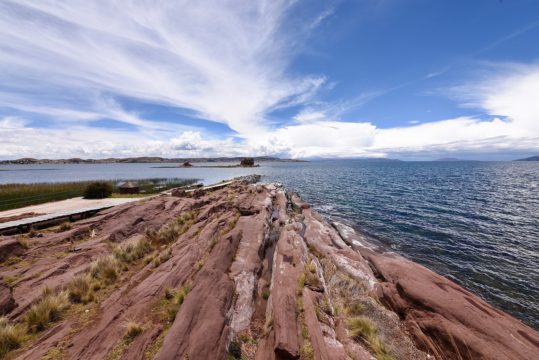
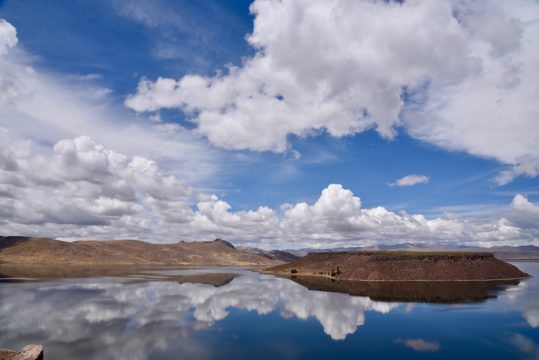
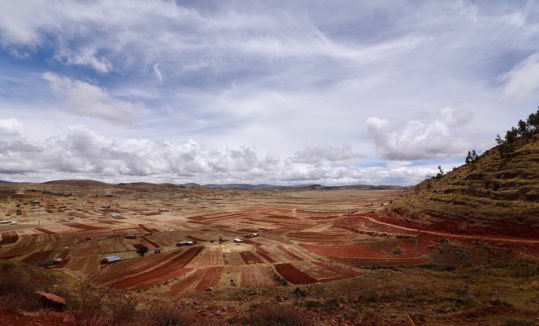

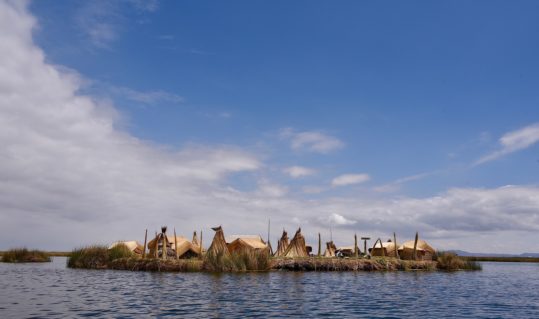
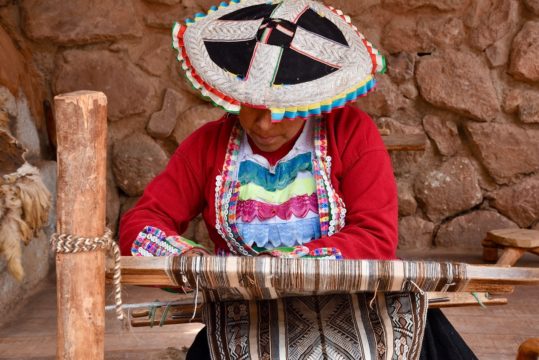
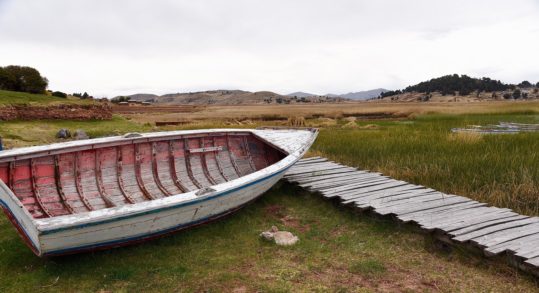
If you would like to see the entire slide show of photos (highly recommended):
1. Click on this slide show link: Thru Ellen’s Lens.
2. For the best viewing, click on the tiny, tiny arrow in the very small rectangular box at the top right of the opening page of the link to start the slide show.
3. See all the photos in the largest size possible format (i.e., use a laptop or desktop computer if you have access to either).


Daniel said:
Magical. Muchas gracias!
Dave Stang said:
Ellen,
Beautifully written commentary and, as usual,. stunning photography.
Dave Stang
Ed Scholl said:
Beautiful photos! They brought back many memories of our time living in Peru in ’89-’90.
Carrie said:
Beautiful pictures and wonderful written descriptions
Jane Ross said:
Thanks for sharing the pictures. I was there
years ago and I’m delighted to see the area again.
Clem and Ed Rastatter said:
The photos are wonderful. Thank you for sharing.
RBG said:
Love the travel narrative with beautiful pics, which reminded me of our trip 18 years ago to the day (today).
Thank you